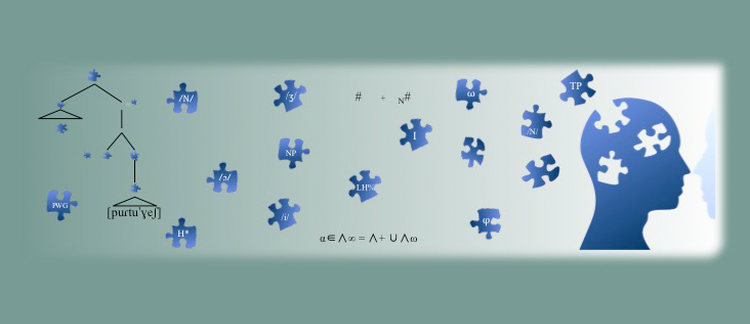Abstract
The links between oral morphological awareness and the use of derivational morphology are examined in the English word recognition of 8-year-old good and poor readers. Morphological awareness was assessed by a sentence completion task. The role of morphological structure in lexical access was examined by manipulating the presence of embedded words and suffixes in items presented for lexical decision. Good readers were more accurate in the morphological awareness task but did not show facilitation for real derivations even though morpho-semantic information appeared to inform their lexical decisions. The poor readers, who were less accurate, displayed a strong lexicality effect in lexical decision and the presence of an embedded word led to facilitation for words and inhibition for pseudo-words. Overall, the results suggest that both good and poor readers of English are sensitive to the internal structure of written words, with the better readers showing most evidence of morphological analysis.
How to Cite
Duncan, L., Gray, E., Quémart, P. & Casalis, S., (2011) “Do good and poor readers make use of morphemic structure in English word recognition?”, Journal of Portuguese Linguistics 10(1), 143-160. doi: https://doi.org/10.5334/jpl.104
